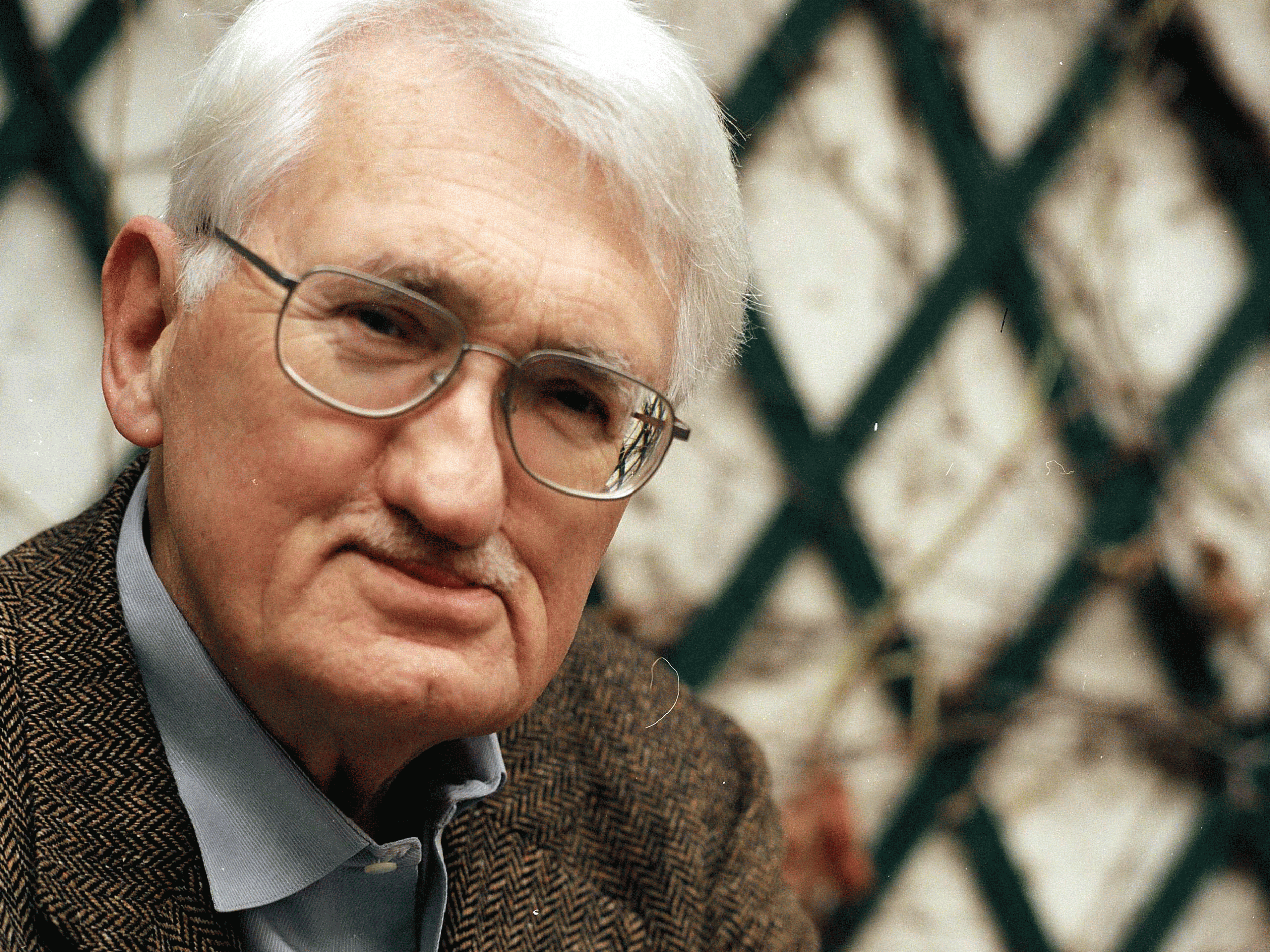Understanding HTTP/3 – Lowdown from the Quick unique UDP-Based process
In November 2018, cyberspace technology projects energy (IETF) came across in Bangkok, and another Internet-Draft was followed. The QUIC transportation method, an HTTP/2 successor, is renamed to HTTP/3. HTTP/3 builds on UDP, and is also currently being used by prominent net enterprises instance yahoo and myspace. If you’re using Chrome and connecting to a Google solution, you’re probably currently making use of QUIC.
The brand new form of the HTTP method advantages of the bare-metal, low-level UDP process, and describes lots of the new features which were in previous versions of HTTP from the TCP coating. This gives a means of fixing limitations in the present internet structure.
1st answers are guaranteeing, once the Internet-Draft by IETF ends, in June 2019, we could anticipate HTTP/3 getting advertised as a new, third-generation HTTP traditional.
HTTP/3 Is On Its Way
Some say that the world wide web field’s hunger for lots more performance and lower latency is coordinated by Google Chrome’s cravings for lots more RAM.
In 2016, we published an article about HTTP/2, a typical that, relating to W3Techs, currently possess around a 34percent globe adoption price. And per Am I Able To incorporate, it is also supported by all modern internet explorer. However here we are, creating an article concerning further form of the process  , HTTP/3.
, HTTP/3.
HTTP/3 are, in the course of this writing, an IETF Internet-Draft or ID, consequently it is presently under consideration for a future internet criterion from the Internet manufacturing chore Force – a global net guidelines system, responsible for determining and advertising decideded upon internet method expectations, such as for instance TCP, IPv6, VoIP, websites of points, etc.
Really an unbarred body which unites the net market and allows for conversation in regards to the movement regarding the websites.
At this time, the ID phase of HTTP/3 could be the last level before proposals is advertised towards standard of RFCs, or Request-for-Comments, which we are able to give consideration to, for several intents and uses, recognized internet protocol descriptions. These are typically next implemented by all significant net professionals.
Which means that HTTP/3 will be come to be the official standards as soon as draft ends later this current year (June 2019).
What’s HTTP/3 – In Layman’s Terminology
HTTP/3 will be the 3rd form of the Hypertext move Protocol (HTTP), previously referred to as HTTP-over-QUIC. QUIC (fast UDP online connections) was initially created by Bing and is the successor of HTTP/2. Organizations like Bing and Facebook have already been using QUIC to improve cyberspace.
Just a bit of history – It Started with HTTP/2
At Kinsta we are enthusiastic about squeezing every last millisecond from our stack, whether or not it’s benefiting from the modern form of PHP, providing data over Google affect Platform’s superior tier system, or caching property on our HTTP/2 CDN.
HTTP/2 produced some big advancements with non-blocking downloads, pipelining, and host push that has assisted us over come some limitations of hidden TCP process. It allowed us to reduce the quantity of request-response cycles and handshakes.
HTTP/2 made it possible to push several reference in one single TCP link – multiplexing. We additionally got most mobility within the ordering of fixed packages, and the content are increasingly being no more constrained by a linear advancement of the downloads.
In practice, which means now one big javascript reference will not always equal a choke aim for the additional fixed methods waiting their turn.
No pipelining against pipelining (Image provider: Wikipedia, writer Mwhitlock)
Enhance these things HTTP/2’s header HPACK compression and default binary format of data transfer, therefore posses, most of the time, a significantly more effective process.
HTTP/2 HPACK compression
Big internet browser implementations managed to get a necessity for web pages to apply security – SSL – to be able to reap the many benefits of HTTP/2 – and quite often this obtain a calculation overhead that rendered rate advancements obscure. There have been actually some instances in which users reported slowdown after transitioning to HTTP/2.
Let’s only say that the early days of adoption with this version were not for all the weak of cardio.
The NGINX execution in addition lacked the server-push ability, counting on a module. And NGINX modules aren’t their usual Apache drop-in modules to only replicate – NGINX must be recompiled with your.
Even though some among these problem become solved today, if we glance at the entire process heap, we see the major constraint depends on a lower stage than HTTP/2 dared to project.
To elaborate this, we are going to dissect today’s web process stack from its bottom layer to the top. When you need to discover more about the backdrop of HTTP/2, remember to discover all of our finest HTTP/2 guidelines.
Internet Protocol (internet protocol address)
The world-wide-web Protocol (IP) defines the bottom-part regarding the whole web topology. It’s the part of the internet stack definitely, we are able to properly say, not negotiable without changing every thing, like replacing the complete hardware structure, from routers to machines and also the gadgets of end-users.